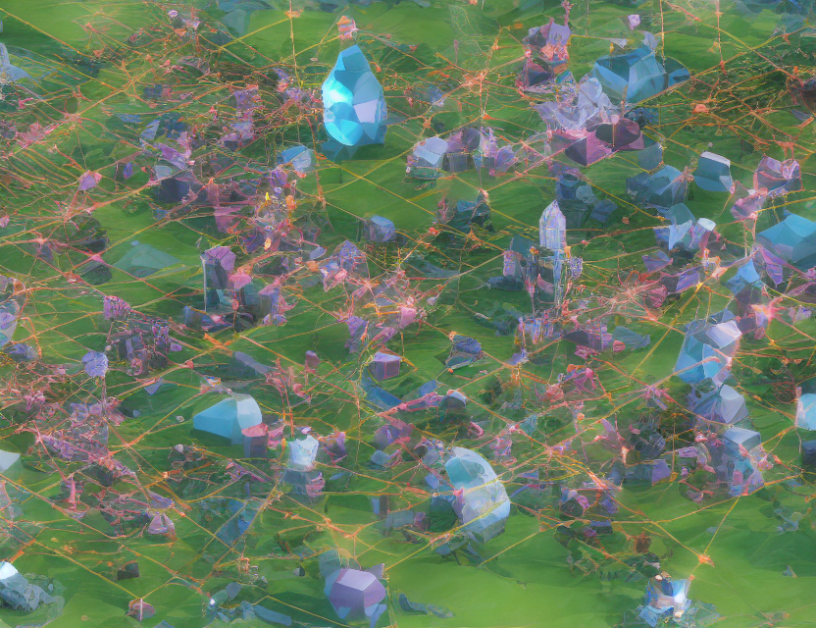In this article, we delve into the world of graph evolutionary scenarios, which involve applying transformations to graphs to study their structural properties and community assignments. The authors propose a framework that creates nine transformations, grouped into three scenarios – noise, morphing, and disruptive – to simulate real-world changes in social networks. These transformations can be applied at different rates, allowing for a comprehensive evaluation of the evolutionary process.
To evaluate the effectiveness of these transformations, the authors use three quality metrics: stability, correctness, and delay. Stability measures how well the assigned communities remain cohesive over time, while correctness assesses how closely the community assignment matches the ground truth. Delay captures how long it takes for the community structure to stabilize after applying the transformations.
The authors use a benchmark of synthetic graphs created through the Lancichinetti-Fortunato-Radicchi (LFR) method, which generates complex networks with power-law degree distributions and heterogeneous community sizes. This approach allows for a thorough evaluation of graph evolutionary scenarios without oversimplifying the process.
Through their framework, the authors demonstrate how these transformations can be used to simulate real-world scenarios, such as social mixing, where nodes from different communities randomly connect with each other, leading to a disordered arrangement of nodes. By analyzing these simulations, researchers can gain insights into the evolution of graph structures and community assignments over time.
In summary, this article presents a comprehensive framework for studying graph evolutionary scenarios through transformations, providing a toolkit for understanding how social networks change and develop over time. By using everyday language and engaging metaphors, we can demystify complex concepts and capture the essence of the article without oversimplifying it.
Computer Science, Neural and Evolutionary Computing
Designing Evolutionary Community Detection Algorithms for Dynamic Networks: A Synthetic Scenario Approach



